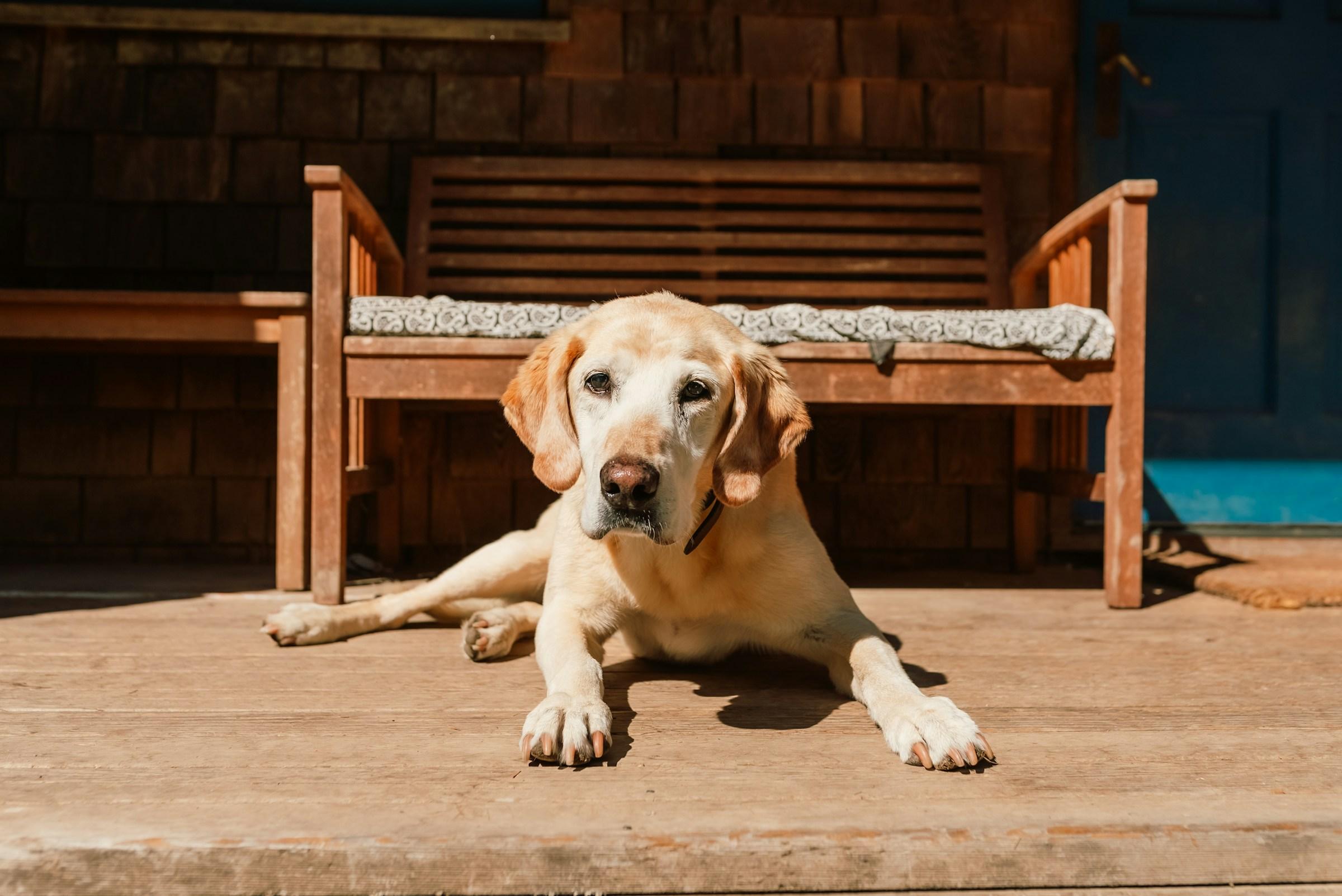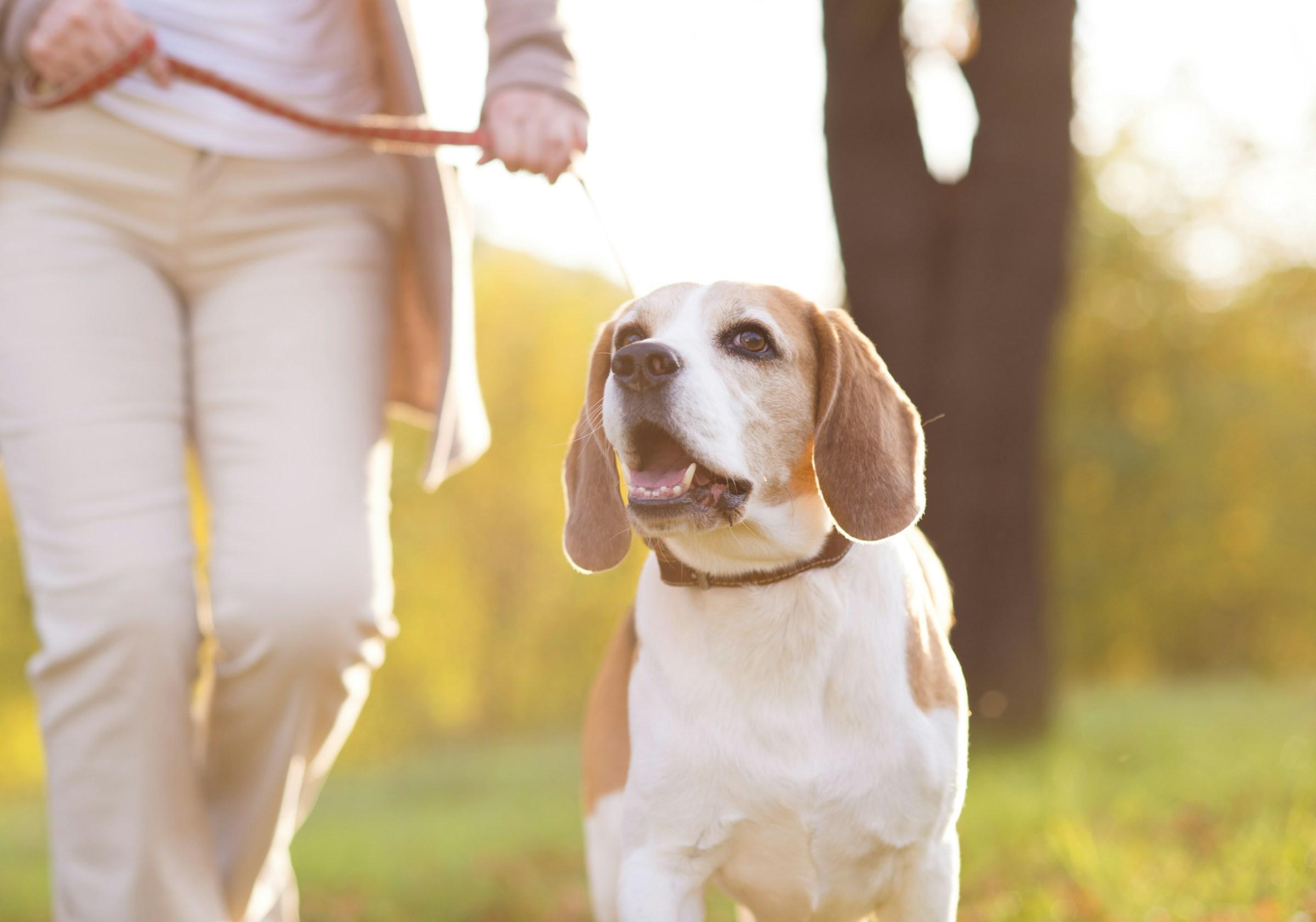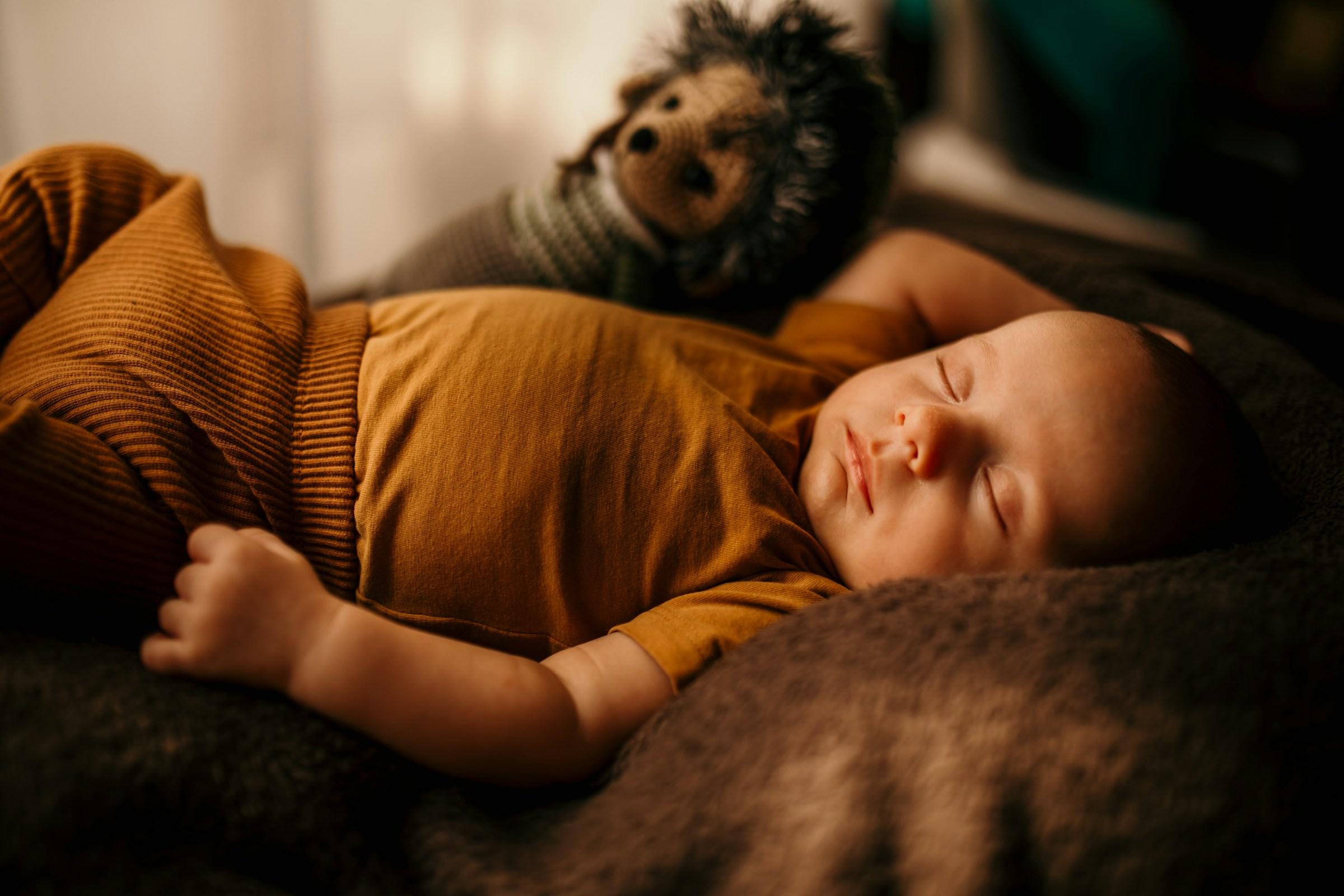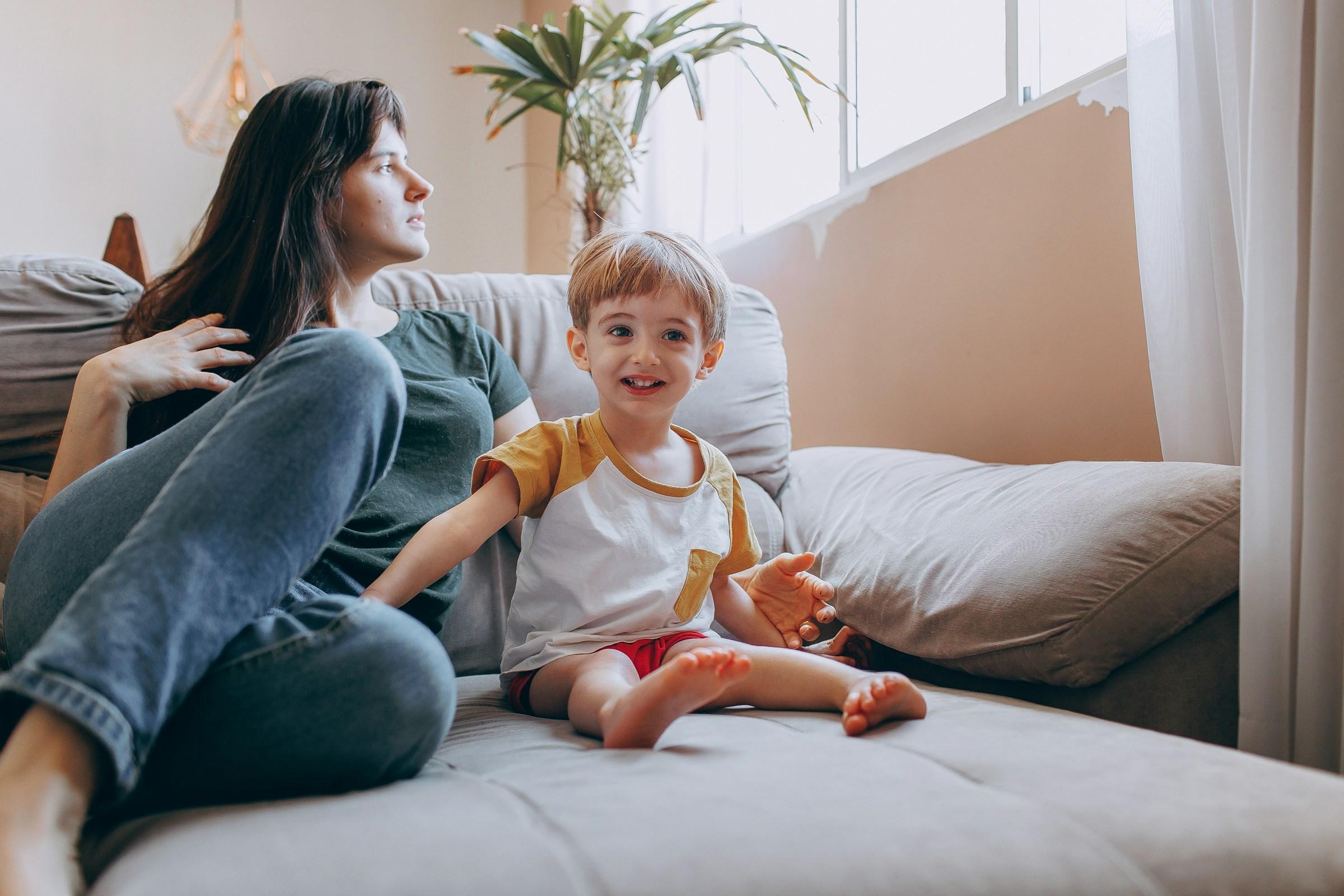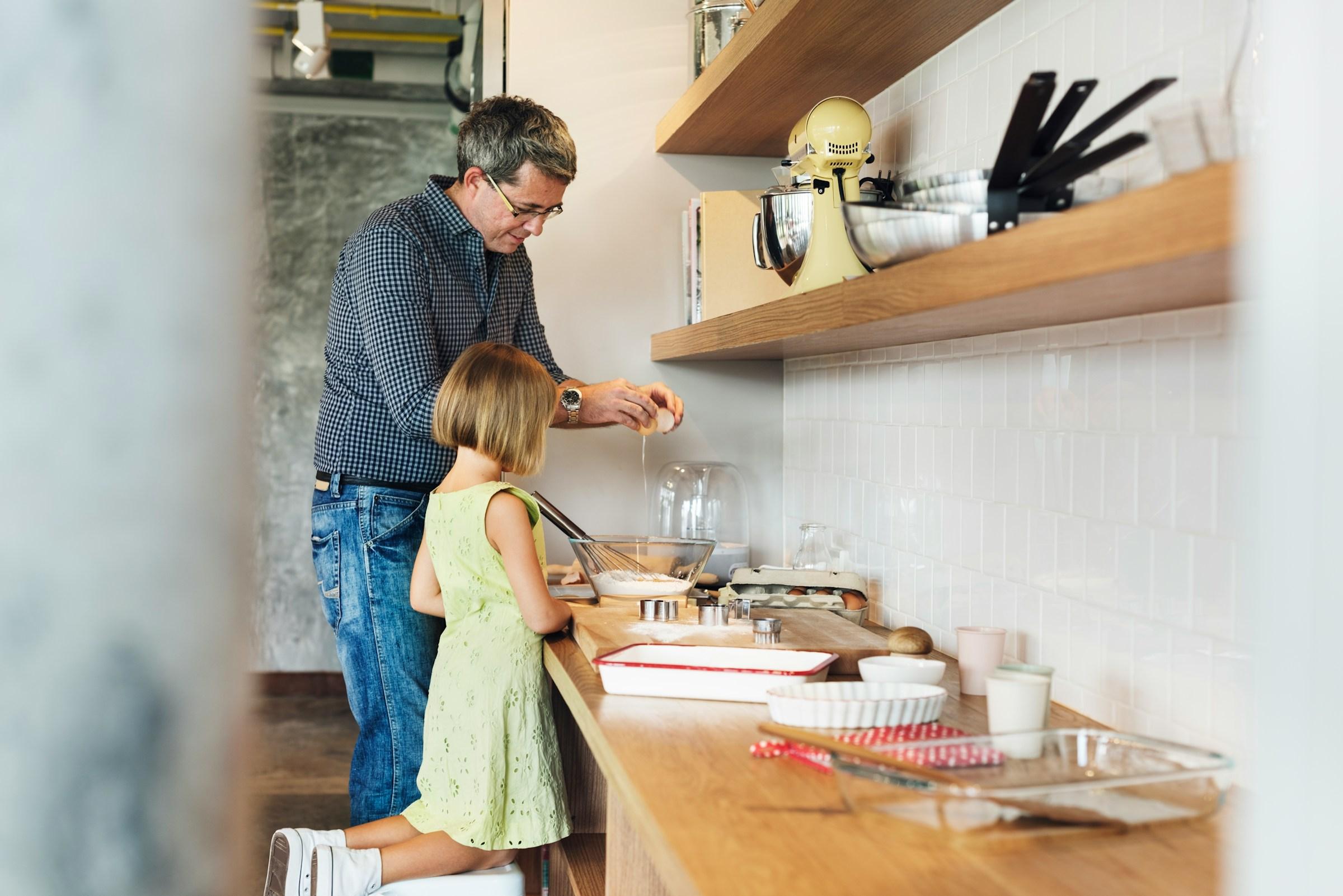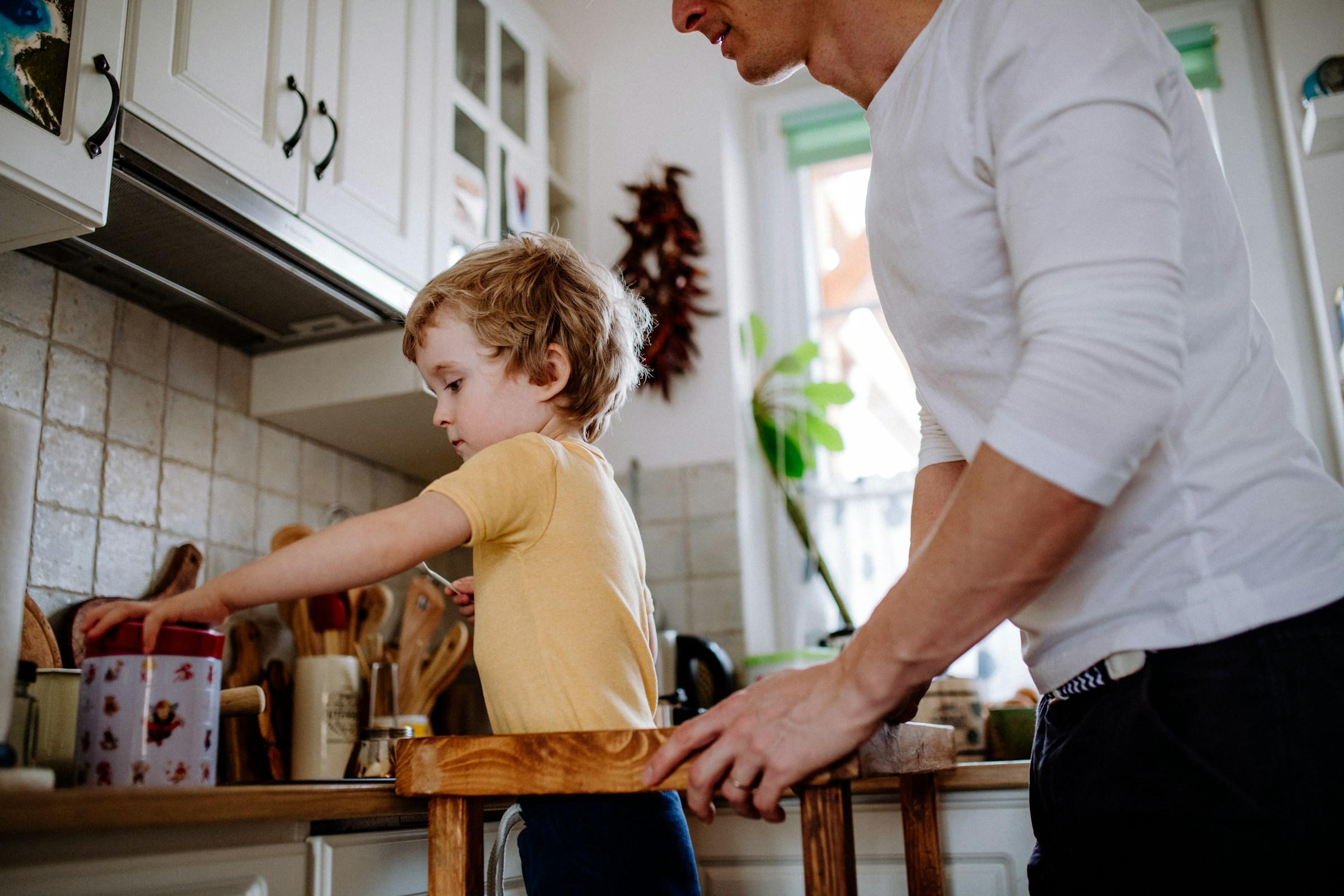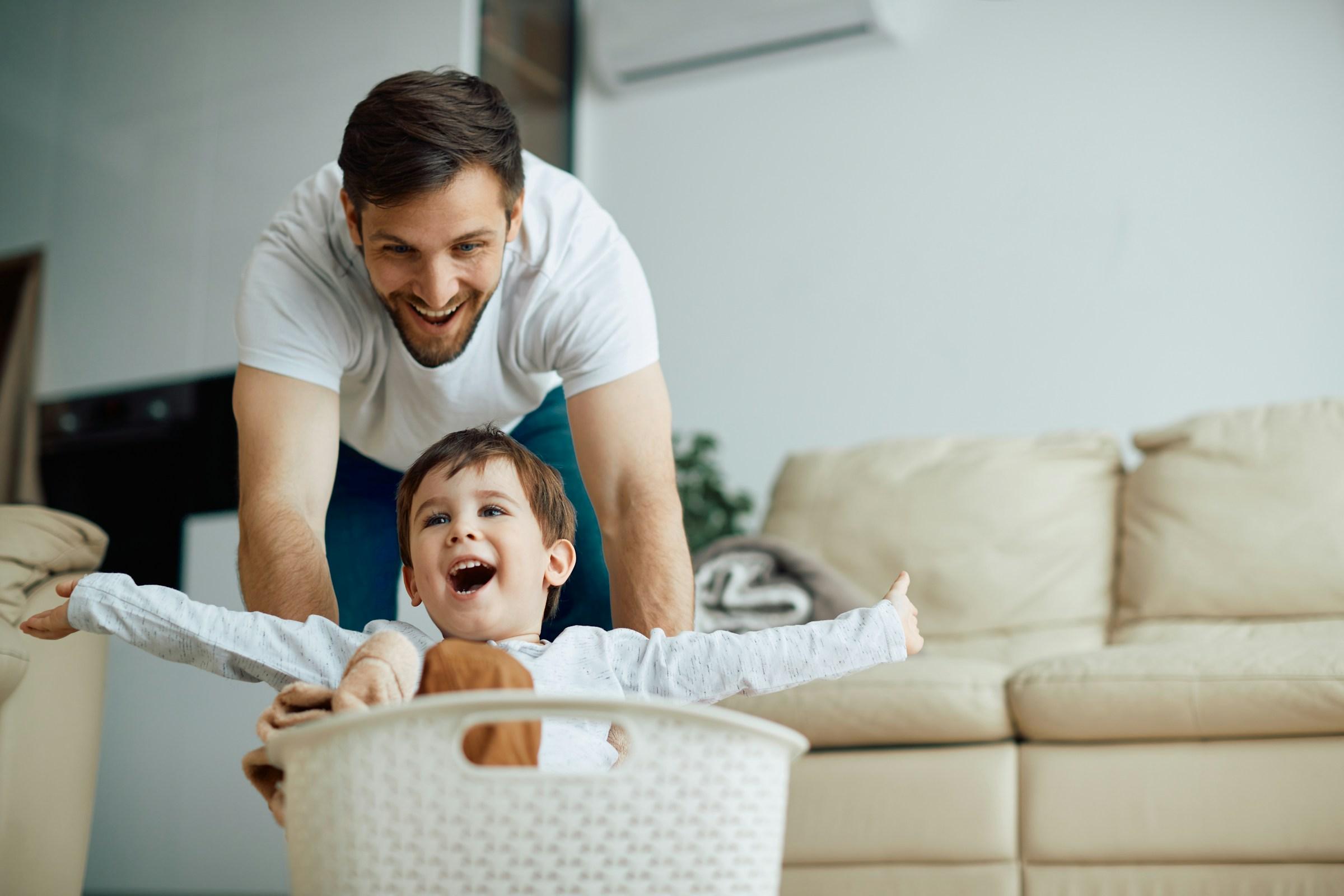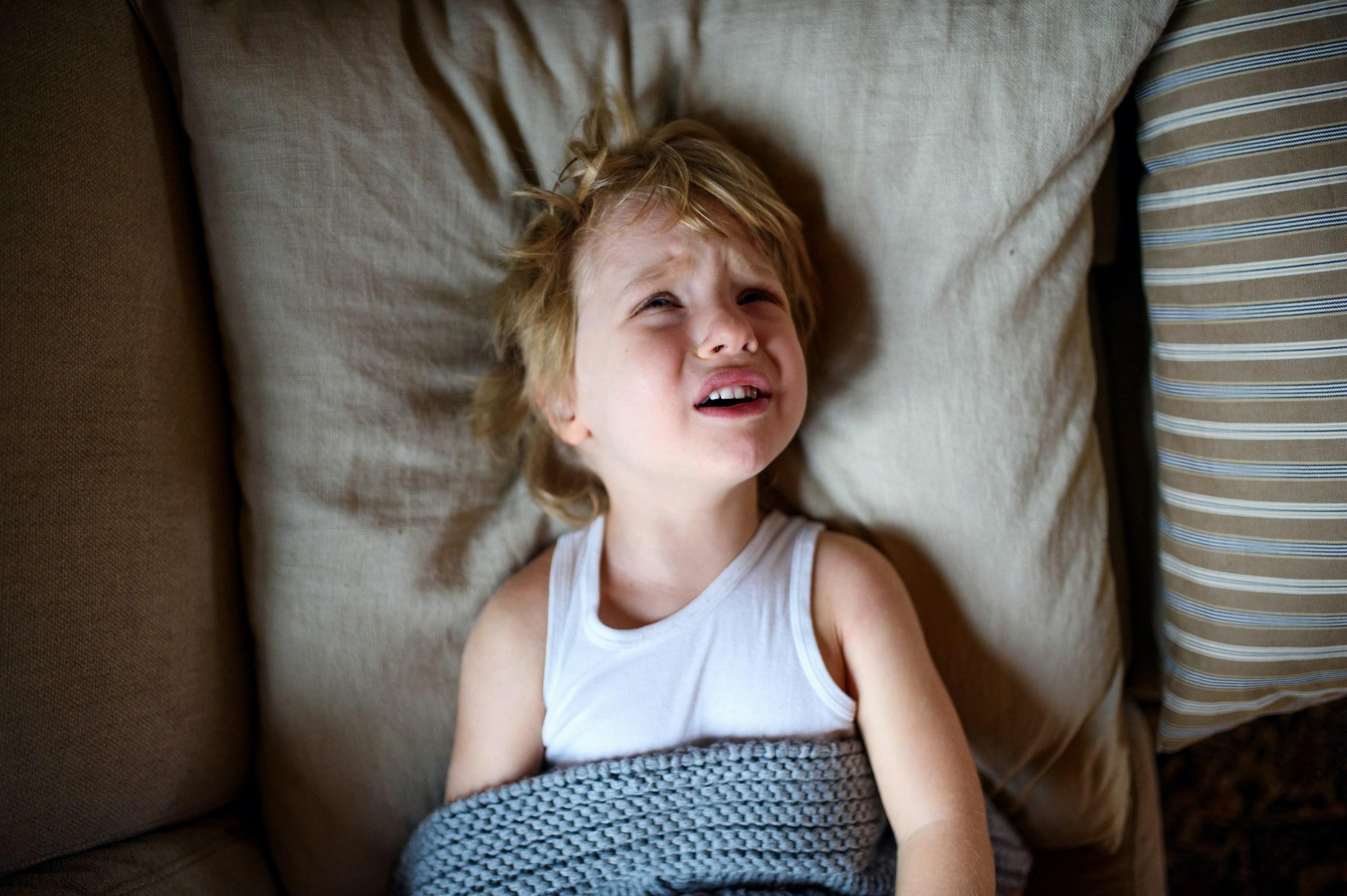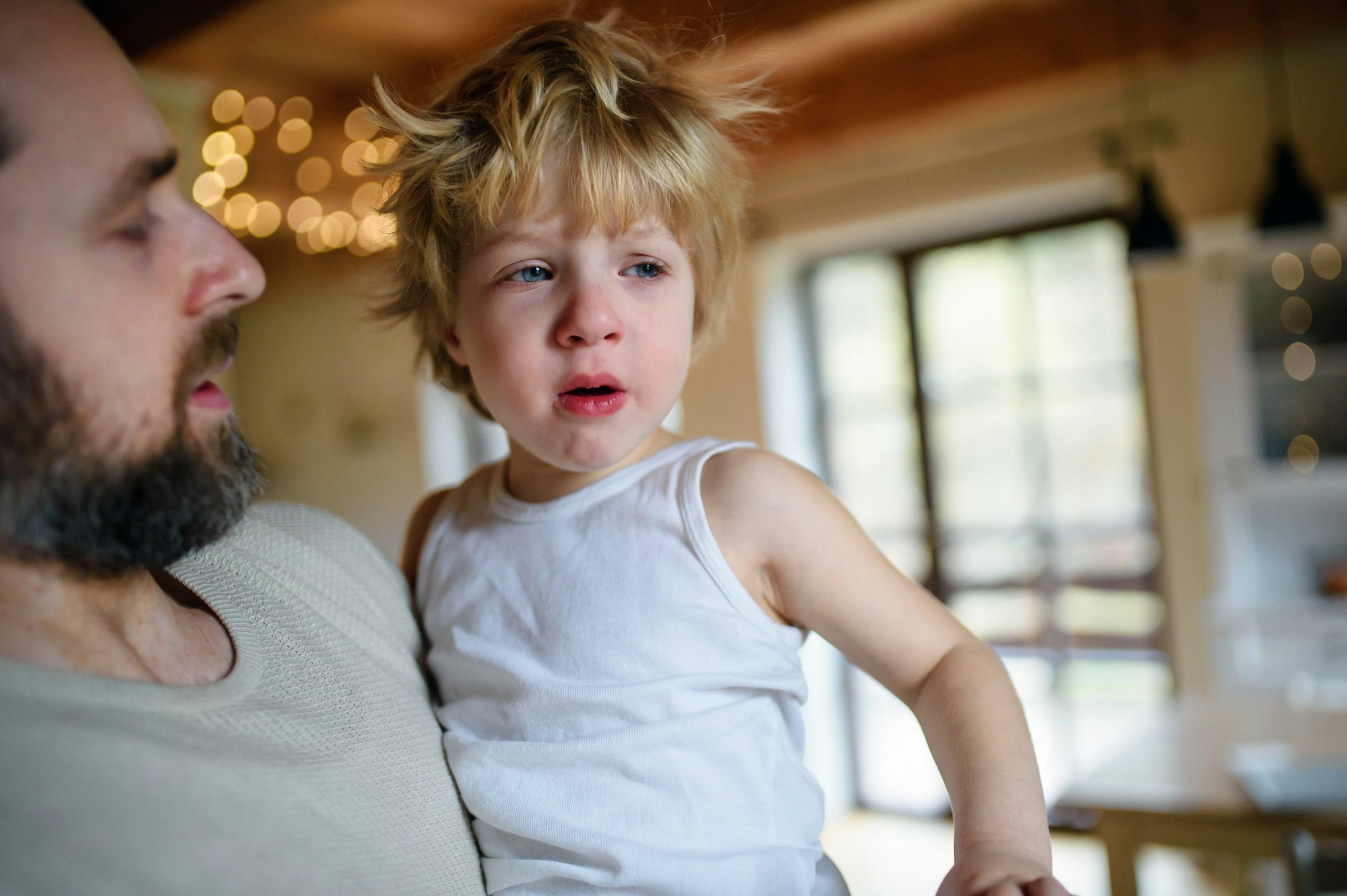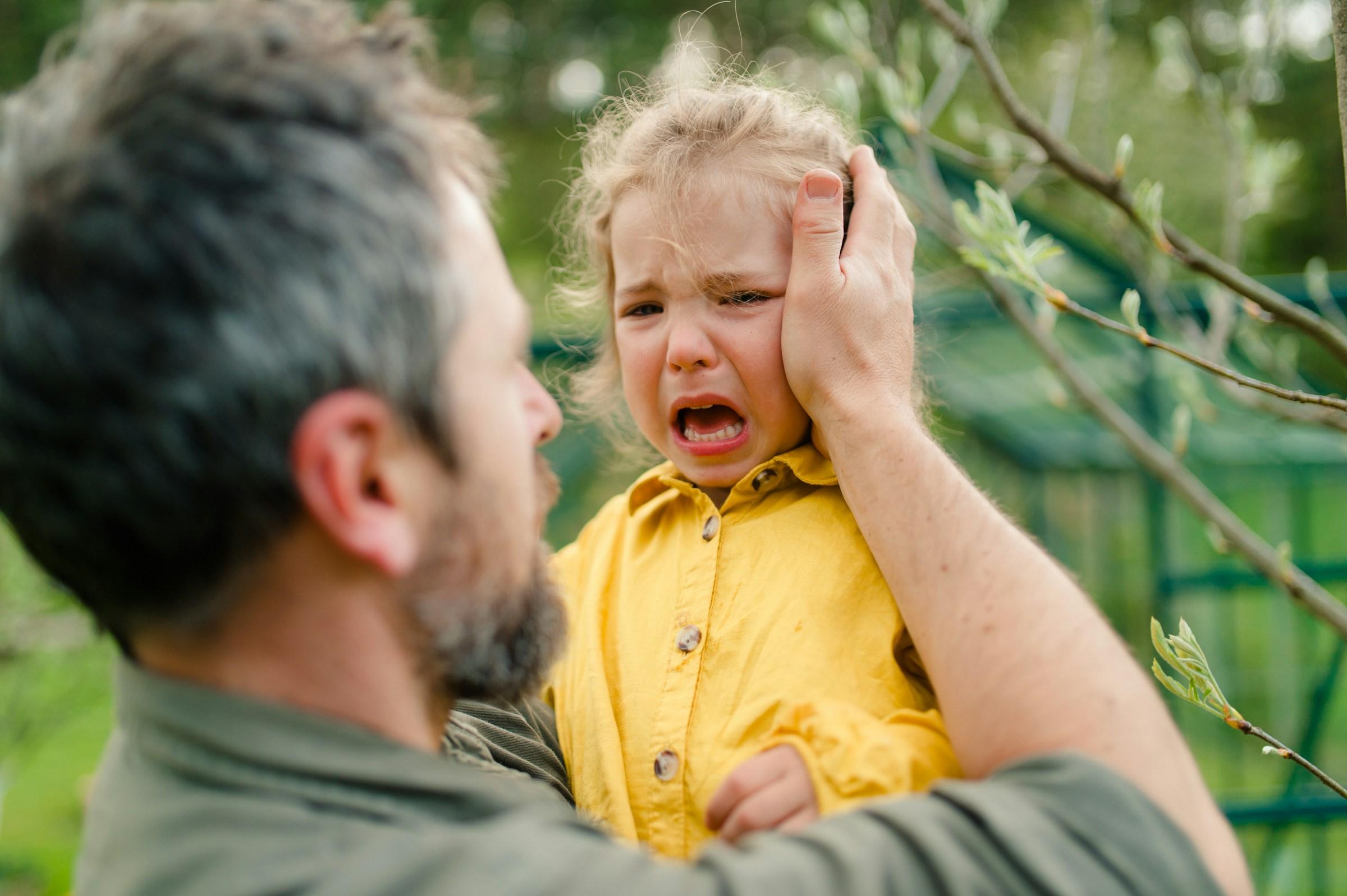How a dog sees you begins before you even appear. Your scent collects on the door, settles in the hallway, and lingers on the sofa where you left last night’s book. To a dog, this is not a single note but a layered composition. Soap, fabric softener, warm skin, coffee grounds, the citrus you sliced, the places you sat, the path you walked from kitchen to desk and back again. All of it blends into a living portrait. By the time the key turns, your dog already knows that you were out in the rain or that you touched the carton of milk at the minimart or that you paused under the mango tree to read a message that made you frown. Scent is the first language, and in that language your presence is a full conversation.
Movement speaks next. Dogs watch the way you move with the same quiet attention that you might reserve for light drifting through a room. They notice whether your steps are clipped or loose, whether you pause at the doorway before turning left, whether your shoulders drop a little after a long call. These are not trivial observations. They are the cues that give shape to the day. A slow drift down the hallway with a ceramic mug placed gently on the table often marks the slide toward evening. The quick clink of keys against a belt loop hints at a departure. None of this is surveillance. It is belonging. A dog belongs to your patterns because your patterns make the world legible.
Sound adds color to this picture. Dogs can learn words, yet tone normally arrives first. The same greeting can float like a song or land like a question. The word dinner can feel like a promise in one moment and like a deadline in another. Your dog notices that contour, then links it to outcomes. Warm tone often predicts shared attention. Brisk tone often signals a task. A frayed edge of voice can announce that your head is still at work even if your shoes are in the hall. When you wonder whether your dog understands what you say, remember that they first understood how you said it. There is nothing lesser about this kind of comprehension. It is simply a more direct path to intention.
Eyes play a role, though not always in the way humans assume. A soft, brief look functions like a bridge. A hard, prolonged stare can feel like a fence. Dogs do not need you to stare at them to feel seen. They need a look that feels like an invitation rather than a challenge. A glance paired with a small shift of your body can say more than a paragraph. A living room becomes kinder when eye contact acts as a permission slip to relax.
Time arrives through routine. Boiling water in the morning, pulling the blinds at dusk, checking the mailbox after lunch. To a dog, these little acts are lighthouses repeating their beam. Dogs set their heartbeat to the tempo of a household. Stability lowers the soft, anxious hum that thin walls, lifts, and busy corridors can amplify. A predictable kettle whistle and a walk that begins when light slides to a certain angle on the floor can be more calming than any elaborate gadget. The day makes sense because the pattern repeats.
Scent returns as the thread that runs through everything. Open a window after rain and the room exhales relief. Lemon on your fingers suggests clean counters and a reset. The balm you rub on your wrist before sleep closes the chapter. Groceries roll the library cart to your doorstep. Cardboard speaks of strangers, fruit of season, cheese of celebration. Your dog samples it all without hurry. A deep inhale to them is like a careful reading to you.
Touch joins the chorus. The way you pat the couch creates the moment that follows. An open palm reads as welcome. A light tap reads as a pause. A long stroke along the shoulder reads as you are safe with me. A tidy home can still hold softness. A linen throw that is allowed to keep their scent. A mat by the window that belongs to them. A corridor cleared of baskets that snag a tail. Good design for a dog does not require luxury. It requires literacy about how a body turns, where a nose loves to rest, and what makes a spine settle.
Dogs notice edges of scent that we filter out. The plastic brightness of a new charger. The metal tang that clings to the tape on a delivered box. If a package arrives, let your dog circle it and trace the seams. This is not mischief. It is their version of reading the label. The ritual lowers curiosity before it grows too loud and replaces a question with a finished story. In that moment the home confirms that their senses are welcome to complete their work.
In the kitchen, rhythm matters. The slow thump of a knife through carrots is the sound of simmering patience. The clatter of bowls is the sound of hurry. When a dog leans against your calf by the stove, it is rarely only about food. It is proximity to the center of action. A small mat near the boundary solves more than one problem. It keeps paws clear of sharp tools and teaches the skill of being near without being under. Point to the mat, pair it with your steady breath, and reward a settled posture. Soon the mat becomes a stage for calm observation. The household gains safety and the dog gains a job. Watching with composure is a job.
In the bedroom, stillness outweighs size. Dogs choose heat pools and quiet corners over grand statements. They look for a place where your breathing reaches. A modest bed beside the side that you favor may soothe better than a larger bed that floats by the door. Close closets gently. Coil charging cables so that night wandering does not snag a paw. Clear the turning circle so that a dog can spin once or twice before folding into rest. Sleep is the daily reset. A little care turns it into a ritual of ease for both of you.
The living room draws a map with sound. A radio murmuring at low volume keeps watch during a short errand. Curtains that soften street noise protect the edges of a nervous system. Dogs do not crave silence. They crave predictability. If the neighbor’s lift door bangs with a regular rhythm, pair that bang with something pleasant, like a calm greeting or a treat that lands on the bed. Over time, the bang predicts a good thing. Habits rewrite associations more efficiently than corrections.
The leash is a line, and it is also a sentence. Your hand speaks through it. A slack lead with a loose wrist says explore. A short, breathing lead held with steady fingers says focus. If your shoulders creep up to your ears, your dog feels the weather change. Loosen them before the gate opens. The first ten steps print the mood of the whole walk. Let those steps be slow, generous, and curious. When a dog takes cues from your pace, they also take cues for how to meet strangers, bicycles, and busy corners. You are the weather system of the walk.
Shared territory stretches beyond the flat. When you pick up after your dog without fuss, you teach that care travels with you. When you greet the same tree every morning, you knit routine to place. Dogs do not divide home and outside as sharply as humans do. The lobby folds into the story, the lift becomes a moving room, the bench carries your scent for an hour after you rise. If you hold the neighborhood as a sequence of linked rooms, your body softens. Your dog reads that softness and relaxes its own focus.
Grooming is a sensory dialogue as much as a chore. Brushing checks coat health, and it also says I notice you and I see the season in your fur. Anchor it with a stable sequence. The same towel appears, the same jar opens, the same corner becomes the station. Nervous dogs build trust through order. Knowing what follows what is a kindness that costs almost nothing.
Guests add chapters. Dogs study your greeting to a visitor and mirror the energy you choose. If you invite a friend to enter slowly and sit before reaching out, you write a story about hospitality that is easy to read. A small bowl of water near the door sends a quiet message that the house is generous. It also creates a simple first task for a curious nose. In time, the bell or knock predicts sit, observe, sip, and release. Effective training can look like thoughtful hosting.
Weather reshapes the script. Rain pushes scent closer to the ground. Heat thickens it. Wind braids it through hedges and steers it across corners. On stormy days, the world can feel loud and strange. Instead of telling a dog to ignore it, give them a puzzle that works with the day. Hide a few treats and let them track across two rooms. Praise not only the finding but the work of following the trail. This is not a show. It is language practice in a dialect they love.
Children adjust the variables. Their movements are quick, their voices rise and fall without warning. Clarity helps everyone. Turn a toddler into a helper who passes a small biscuit when the dog sits rather than a chaser who turns the corridor into a sprint track. Explain that dogs listen with eyes and noses as much as with ears, and that big windmill arms can feel confusing. Teach small stillness as a gift. Calm grows from these tiny exchanges.
Aging changes the balance among senses. Older dogs lean more on scent and touch as sight softens and hearing turns fuzzy at the edges. Consistent furniture placement reduces risk. Shiny floors become skating rinks for stiff hips, so a soft runner along a favored path matters more than a fancy bed. A gentle nightlight removes sharp shadows that can startle. Thoughtful choices meet seniors where they are and offer dignity to daily movement.
Your emotional weather completes the picture. A dog notices how you land in your own home. Drop the bag, place the phone down, and take one full breath before you speak. That single inhale acts as a door between the world and the room. Many dogs settle as soon as their person chooses to arrive on purpose rather than tumble in. A tiny arrival ritual works wonders. Shoes aligned, keys on a tray, a quiet hello, a sip of water, a hand that rests with intention on a waiting head. Sixty seconds that reframe the evening for both species.
This is where design and empathy meet in practical ways. A compost bin that does not cough up a harsh smell. A collar that does not chafe under the jaw. A window perch that catches afternoon light and turns it into a warm square of belonging. Natural fibers that hold familiar scent. Fewer aggressive fragrances that shout over the home’s baseline. Durable items that last long enough to become part of the space’s memory. Sustainability and comfort often point to the same simple materials and the same quiet habits.
Training lives inside all of this, not as a separate sport but as a way to make meaning repeatable. If a dog bounces when you reach for the leash, wait one breath until four paws find the floor, then clip the buckle. If a dog barks at the lift, teach a quiet cue paired with a treat before the doors part. Let thresholds, rugs, and corners become punctuation. The house becomes your teaching partner. Together you write a story that both of you can read every day.
In the end, a dog’s perception of a human looks like a mosaic. Scent holds the largest tile. Movement and tone stitch the seams. Ritual gives it rhythm. Thoughtful design turns that rhythm into something you can live with. When you pay attention to a dog’s way of understanding, your own behavior shifts. You speak with presence more than with volume. You notice that a morning walk clears mental fog faster than a scroll through a screen. You choose to close the day with softer light and a slower step. Your dog responds by offering more ease, more trust, and more of the quiet companionship that makes a space feel like home.
The reward is subtle and constant. Eyes that rest on yours without strain. A body that settles at your feet while you cook or write. Breathing that matches yours when you read on the couch. Small outcomes, repeated, become a life that feels honest and well considered. Not staged. Not perfect. Simply true to the species you have welcomed into your daily rooms and, by extension, true to the parts of yourself that rise to meet them.
The phrase about how dogs perceive humans can sound clinical on the page, yet in a home it translates to warmth. It looks like a door opening to a dog who already knows what comes next and a person who takes a single steady breath before crossing the threshold. It looks like a bowl refilled at the same hour, a leash resting on one familiar hook, a bed that keeps the scent of summer. In choosing patterns that a dog can trust, you end up building a life that feels gentler for you as well. What you repeat becomes how you live. Choose a rhythm that invites both of you to belong.




